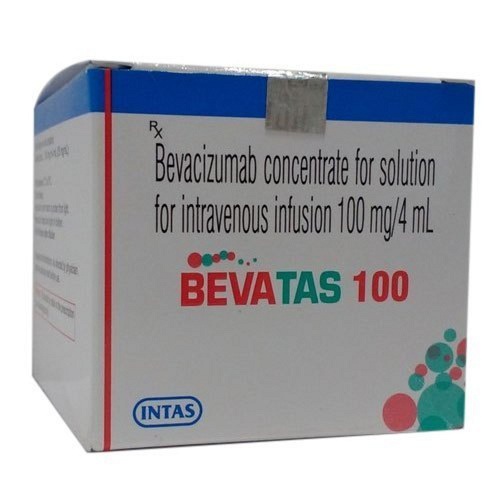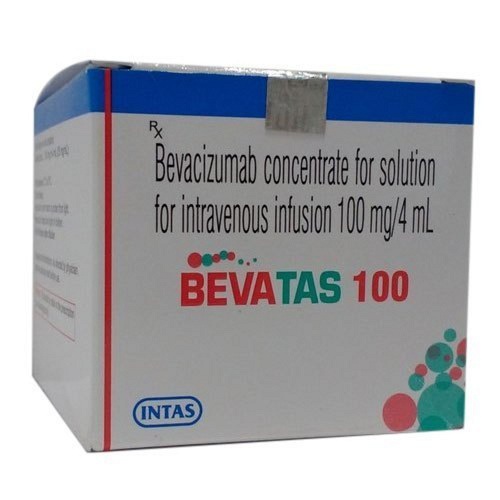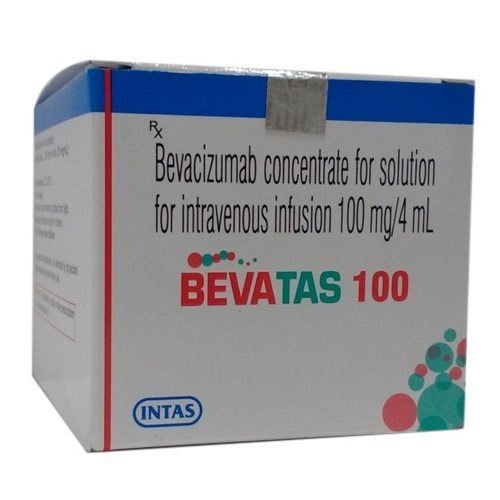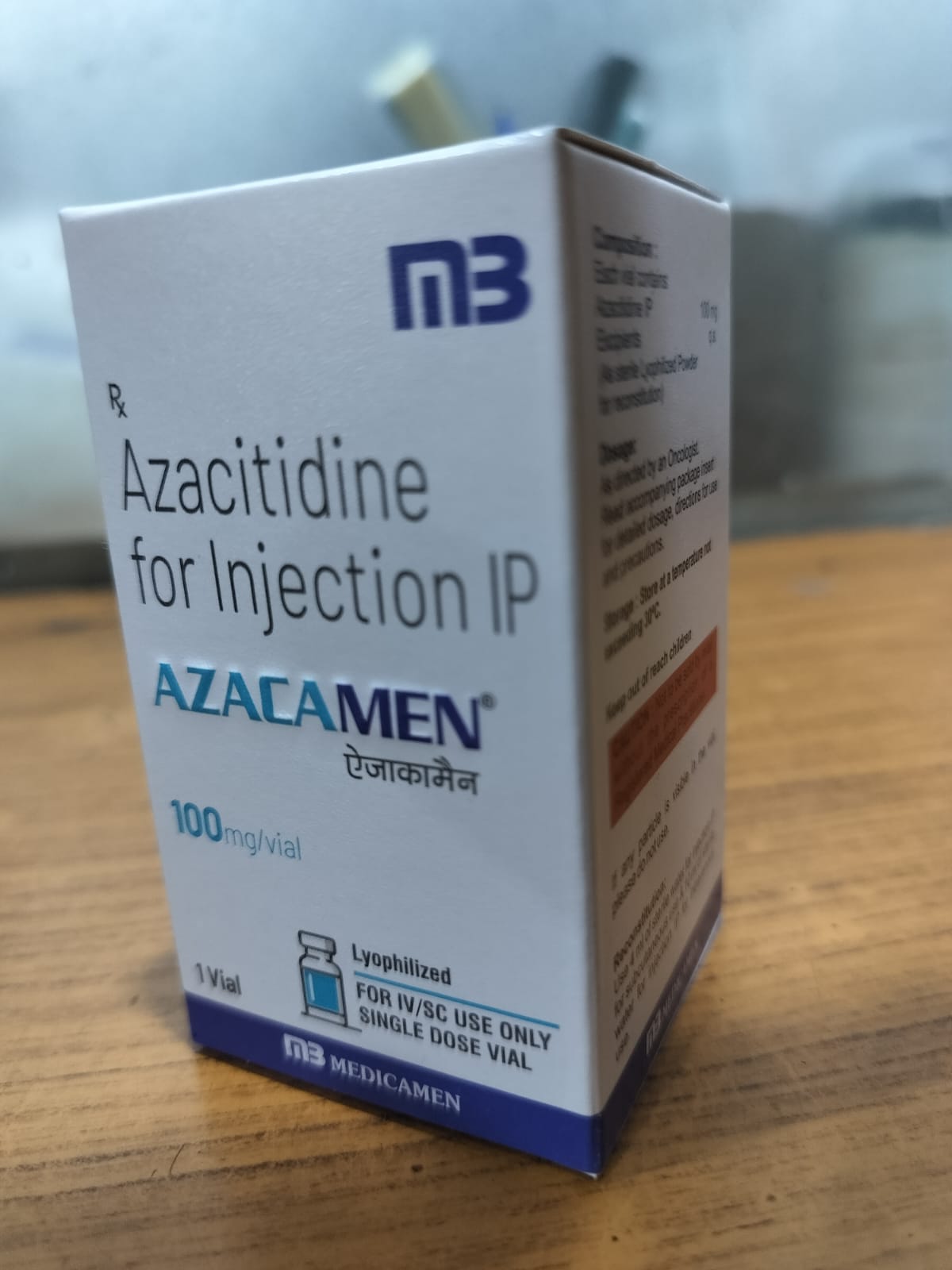Product Introduction:
Bevatas contains Bevacizumab, a recombinant humanized monoclonal antibody. It is a targeted anti-angiogenic agent designed to interfere with the growth of blood vessels that supply tumors. Used primarily in combination with chemotherapy, Bevatas plays a crucial role in managing various cancers by suppressing tumor vascularization.
Uses:
Bevatas is prescribed for the treatment of:
-
Metastatic colorectal cancer
-
Non-small cell lung cancer (non-squamous NSCLC)
-
Metastatic renal cell carcinoma (mRCC)
-
Glioblastoma multiforme
-
Persistent, recurrent, or metastatic cervical cancer
-
Advanced ovarian, fallopian tube, or peritoneal cancer
Storage Instructions:
-
Store at 2°C–8°C in a refrigerator
-
Do not freeze or shake
-
Protect from light
-
Discard any unused portion after opening
-
Prepare diluted infusion solution immediately before administration or as per label guidelines
How It Works (Mechanism of Action):
Bevacizumab targets and binds to VEGF-A, a protein essential for the formation of new blood vessels (angiogenesis). By preventing VEGF from interacting with its receptors on the surface of endothelial cells, it inhibits neovascularization, which tumors rely on for growth and metastasis. This results in reduced tumor blood supply, limiting cancer progression.
Side Effects:
Common side effects:
-
High blood pressure
-
Nosebleeds
-
Headache
-
Diarrhea
-
Fatigue
-
Taste changes
Serious side effects:
-
Gastrointestinal perforation
-
Pulmonary or GI hemorrhage
-
Arterial and venous thromboembolism
-
Impaired wound healing
-
Nephrotic syndrome (proteinuria)
-
Reversible posterior leukoencephalopathy syndrome (RPLS)
Dosage (Typical Recommended Dose):
-
Colorectal cancer: 5–10 mg/kg IV every 2 weeks
-
NSCLC: 15 mg/kg IV every 3 weeks
-
Glioblastoma / RCC / Cervical cancer: 10–15 mg/kg IV every 2–3 weeks
-
Dosing is weight-based and to be administered under medical supervision
Method of Administration:
-
Administered intravenously via infusion only
-
Do not give as IV bolus or push
-
First infusion over 90 minutes, second over 60 minutes, subsequent over 30 minutes (if tolerated)
-
Must be diluted with 0.9% sodium chloride (normal saline) before administration
-
Use a protein-low binding infusion set and in-line filter
Precautions:
-
Do not administer to patients with recent surgery or active bleeding
-
Monitor for hypertension, proteinuria, thromboembolic events
-
Discontinue use at least 28 days prior to major surgery
-
Contraindicated in pregnancy and breastfeeding
-
Use effective contraception during and for 6 months after the last dose
Drug Interactions:
-
Increased bleeding risk when used with NSAIDs, anticoagulants, or other anti-angiogenic agents
-
No major interactions via liver metabolism (not CYP450-dependent)
-
Avoid combining with live vaccines
Allergies:
-
Contraindicated in individuals with known hypersensitivity to Bevacizumab or its excipients
-
May cause infusion-related reactions: rash, flushing, fever, chills, breathing difficulty
-
Anaphylaxis is rare but serious
Overdose Information:
-
No specific antidote
-
Symptoms may include hypertension or increased risk of bleeding
-
Provide supportive care and symptom management
Missed Dose Instructions:
-
If a dose is missed, administer as soon as possible
-
Resume normal treatment cycle under the oncologist’s direction
-
Avoid doubling doses
Additional Notes:
-
Regular monitoring of blood pressure, urinalysis, and imaging is recommended
-
Educate patients to report wound healing issues, bleeding, and neurological symptoms
-
Long-term use may require bone density and cardiovascular monitoring
-
Patients on Bevacirel should be closely followed up for efficacy and tolerability






